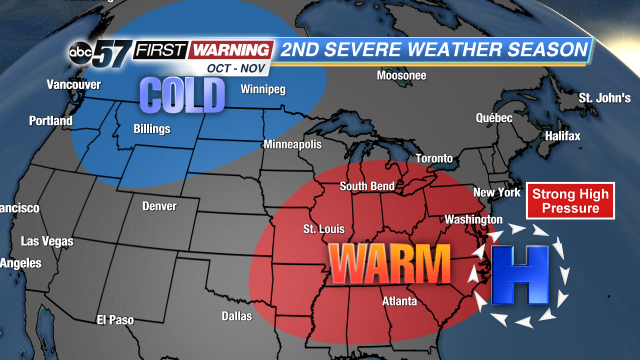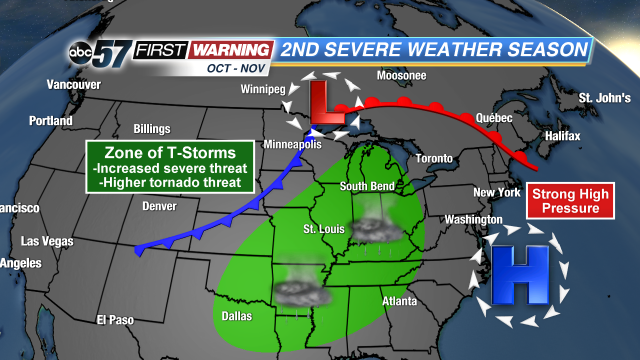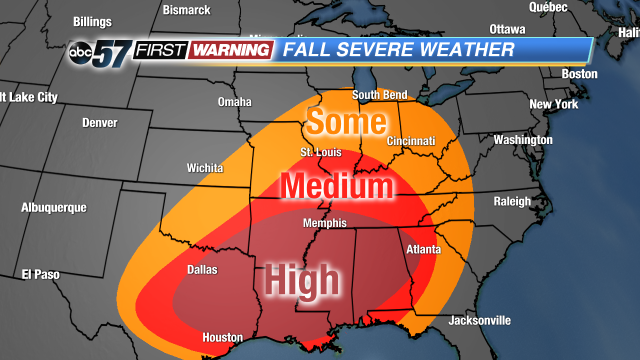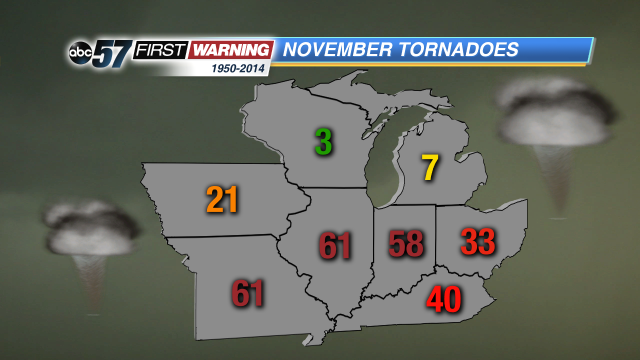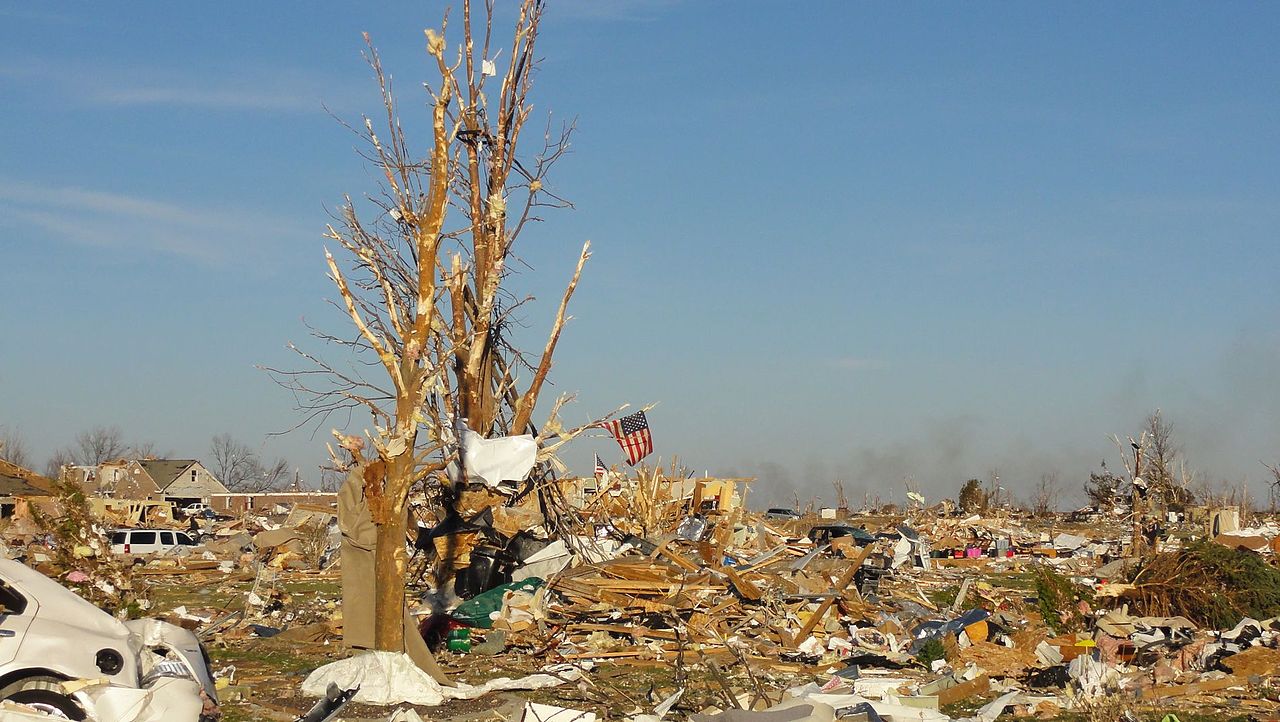Damaging wind, tornadoes more likely over next two months
Posted: Oct 1, 2018 1:33 PM EST
Now that October is underway, we can start talking about what is commonly referred to as the "secondary severe weather season" in the Midwest, Great Lakes, Ohio Valley, and Southeast. It encompasses most of October and November. So what is it? Put simply, it's a roughly 45-day stretch that features an uptick in severe weather reports such as damaging winds, hail and tornadoes. Actual severe weather season is in the spring and early summer with the number of severe weather reports dropping notably in August and September.
By the second week of October and into November, many locations from Illinois and Indiana to the Deep South see a spike in severe weather occurrences. That spike is a direct result of the clashing of two air masses. During fall, summer-like warmth tries to hold on while colder air from Canada attempts to establish itself. The two air masses essentially "duke it out" for supremacy. The result is the development of strong storm systems that divide the two air masses.
Deep areas of low pressure and their corresponding cold and warm fronts push across the country, setting up the perfect recipe for thunderstorms. Sometimes those thunderstorms are strong to severe if the ingredients are in place. The area that sees the most notable uptick in severe weather in October and November is Dixie Alley. However, there are evident rises in damaging wind and tornado reports across Missouri, Illinois, Indiana, and Ohio. That does include Michiana.
One event that comes to mind is the tornado outbreak that occurred on November 17, 2013. The outbreak spanned seven states, including Illinois, Indiana and Michigan. A total of 73 tornadoes touched down in less than 12 hours. It wound up being the deadliest and costliest tornado outbreak to occur in November in the state of Illinois. In Indiana, a total of 30 tornadoes touched down. That includes three in Kosciusko County (EF1, EF1, EF2) and one in Pulaski County (EF1). There was also an EF1 tornado just south of Cassopolis in Michigan.
There is a significant difference between Indiana and Michigan regarding severe weather and tornadoes that occur in November. Between 1950 and 2014, only 7 tornadoes touched down in Michigan. Meanwhile, Indiana saw 58! That translates to roughly 91% of all Novembers featuring a tornado in the state of Indiana! So, despite the air being cooler and the holiday season getting underway, it is important to not let your guard down in regards to severe weather.














